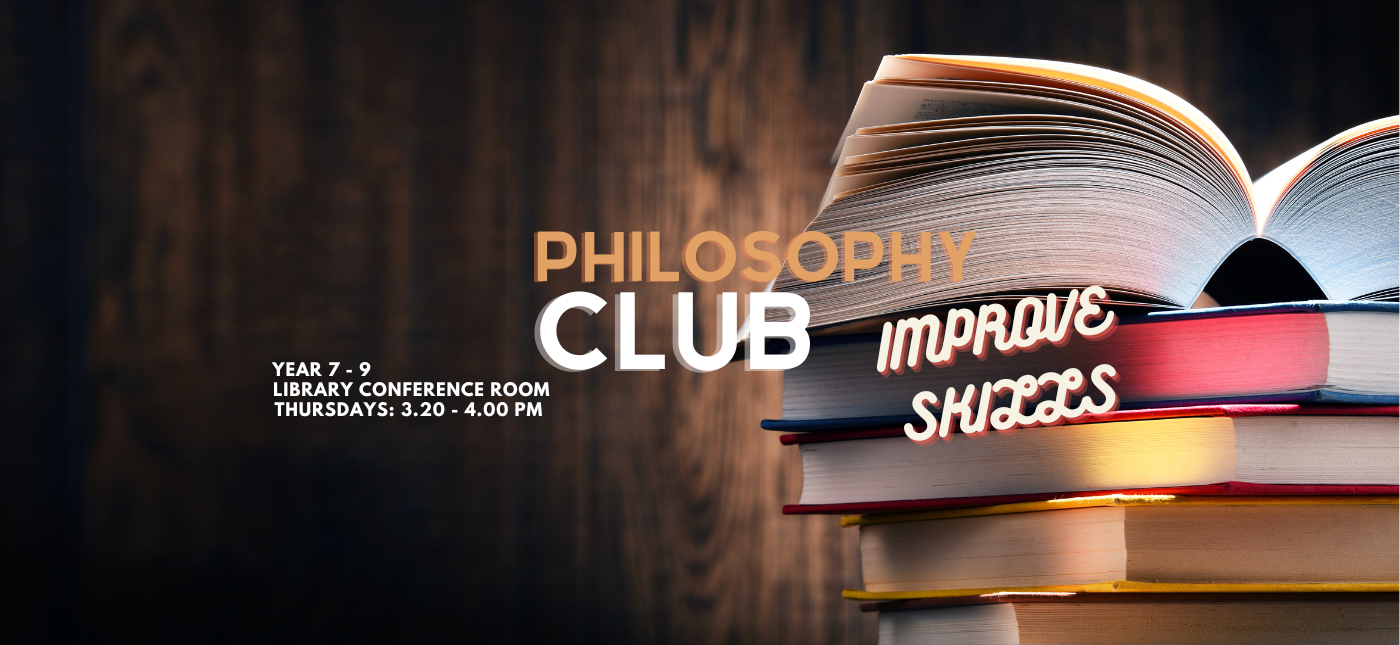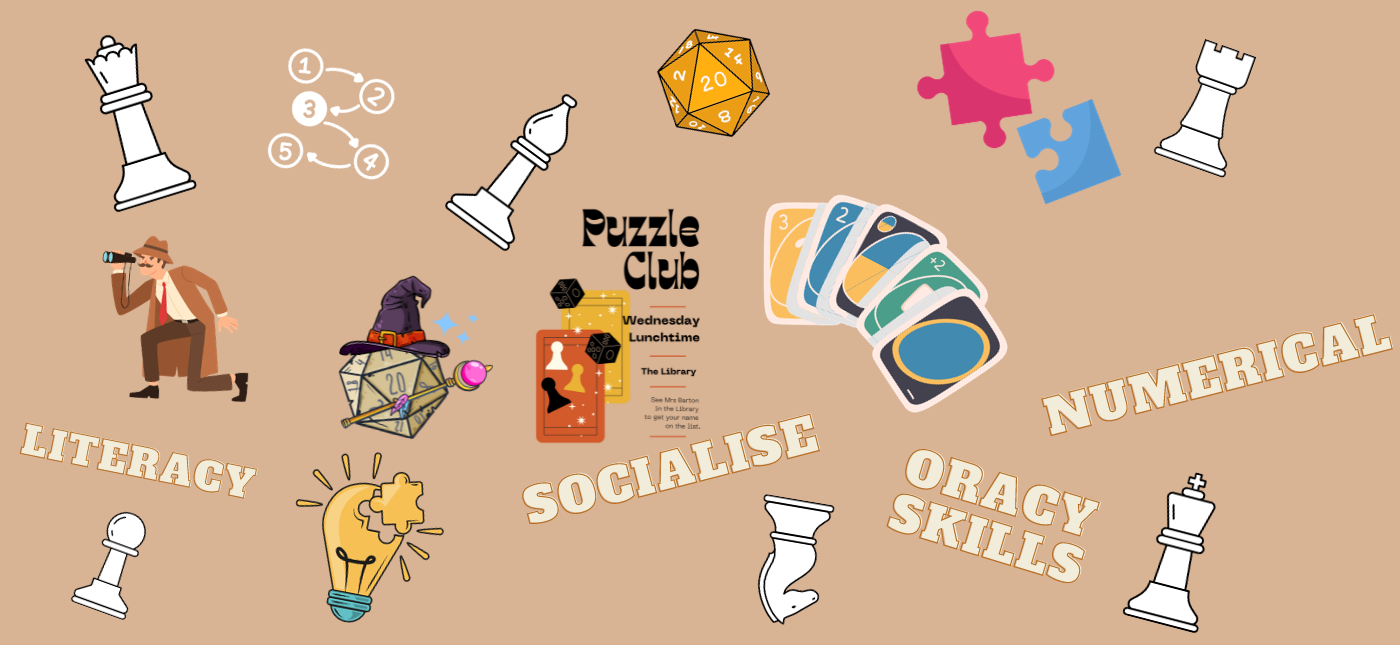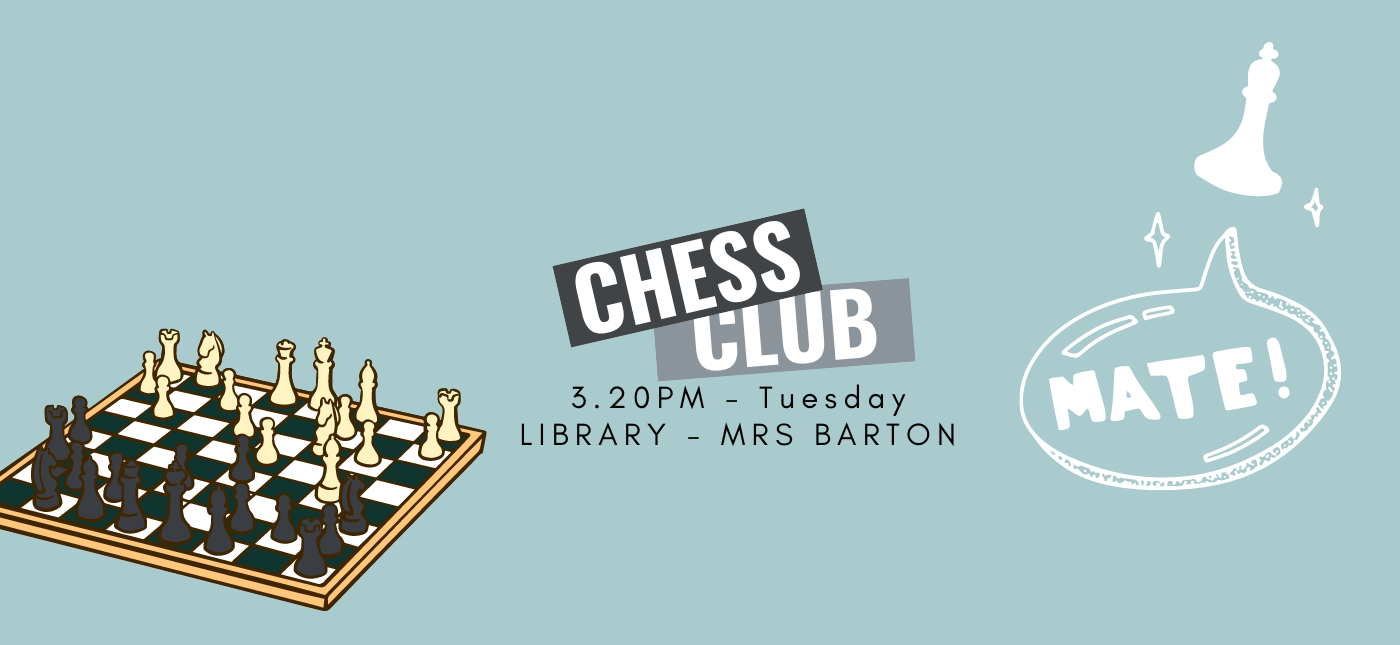Literacy Strategy Overview
Disciplinary Literacy
- Students are given extracts from historical scholarship and primary sources from the start of Y7, with care taken to ensure that they are accessible. Where appropriate, students are exposed to examples of historical writing that they can use in their own work.
- Students are introduced to strategies that allow them to comprehend, analyse and evaluate a variety of historical texts.
- All classrooms have a literacy display, with useful words and phrases that can unlock historical concepts and thinking.
Targeted Vocabulary Instruction
- All lessons at KS3 and KS4 start with the Frayer model to introduce a key piece of historical vocabulary
- Knowledge organisers include lists of key vocabulary with definitions
- Lesson starters include spelling checks
- Use of etymology to discuss key vocab (e.g. ‘democracy’ – demos and kratia) when appropriate
Reading Comprehension
- All texts are presented appropriately – line numbers, chunking, etc in students’ work
- Teachers use a variety of strategies, including expert reading, pre-teaching vocabulary, etc to ensure comprehension
- Texts are checked to ensure that they are age appropriate
Academic Talk
- Students are encouraged to be precise and sophisticated in their use of vocabulary
- Teachers draw attention to examples of academic language or vocabulary in texts
- Students are encouraged to ‘say it again better’ if their language is insufficiently academic (e.g. “back in the old days”)
Scaffolded Writing Activities
- Extended writing tasks include sentence starters, writing frames, etc where appropriate. These are gradually withdrawn as students become more confident.
- Exemplars of student work are used to model best practice, with attention drawn to key aspects of writing such as signpost words, sophisticated vocabulary, etc.



















